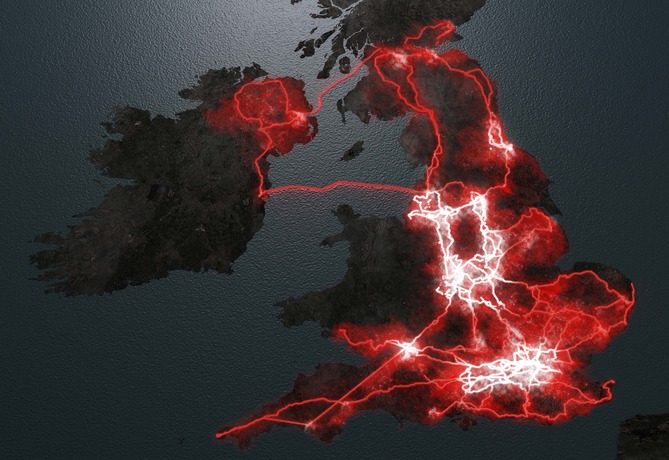Thorpe Lane in Tromley St Martin, Suffolk is the UK’s slowest street for broadband, registering average speeds of just 0.68Mbps – 53 times slower than the UK average and 260 times slower than the fastest road in the country.
That accolade belongs to Benford Avenue in Motherwell which boasts 177.01Mbps, according to research from uSwitch.
The findings were based on more than one million ‘real world’ speed tests and provide evidence of the continuing digital divide between some parts of the UK despite public and private investments in superfast broadband. A fifth of the UK have less than 10Mbps, while 8.6Mbps have less than 5Mbps.
Broadband speeds
However the results do show some progress. More than a third (36.7 percent) now have 30Mbps, which is more than the 22 percent recorded two years ago.
“It is astonishing to think that you could fly to Sydney in Australia in the time it takes to download a film on the UK’s slowest street,” Ewan Taylor-Gibson, broadband expert at uSwitch.
“While cable services offering the fastest broadband speeds aren’t available at any of the UK’s slowest streets, fibre-to-the-cabinet broadband should be accessible at more than two thirds of the most sluggish postcodes, something that might be a surprise to those that have been frustrated enough to run a speed test.
“Whilst Ofcom has proposed having providers give more information on what speeds consumers should expect, unless this information is presented transparently, in a way that enables broadband users to compare the available options side-by-side, these changes won’t be truly effective.”
Last month, villagers burnt an effigy of Openreach on Bonfire Night, highlighting the discontent that some rural areas have with their broadband service, but there have been moves to improve the situation.
The government’s target of 95 percent superfast broadband coverage is expected to be met this year and a new goal of 98 percent is now being touted.
Does IoT security concern you?
- Yes (89%)
- No (11%)
At present, the Openreach superfast broadband network reaches more than 26.5 million properties and BT is also offering to build 10Mbps for anyone in the UK who demands it rather than be subjected to the proposed universal service obligation (USO).
Under BT’s proposals, Openreach will extend coverage using a mixture of fibre to the cabinet (FTTC), fibre to the premise (FTTP) and fixed wireless access (FWA) technologies so 99 percent of the UK has access to 10Mbps by 2020. It is however likely most will enjoy significantly higher speeds.
Other companies such as Virgin Media are also making network investments, while Openreach is now turning its attention to ‘ultrafast’ broadband, which would be achieved through a combination of G.Fast, which speeds up copper connections, and FTTP.
Do you know the history of BT? Try our quiz!





